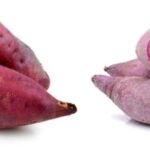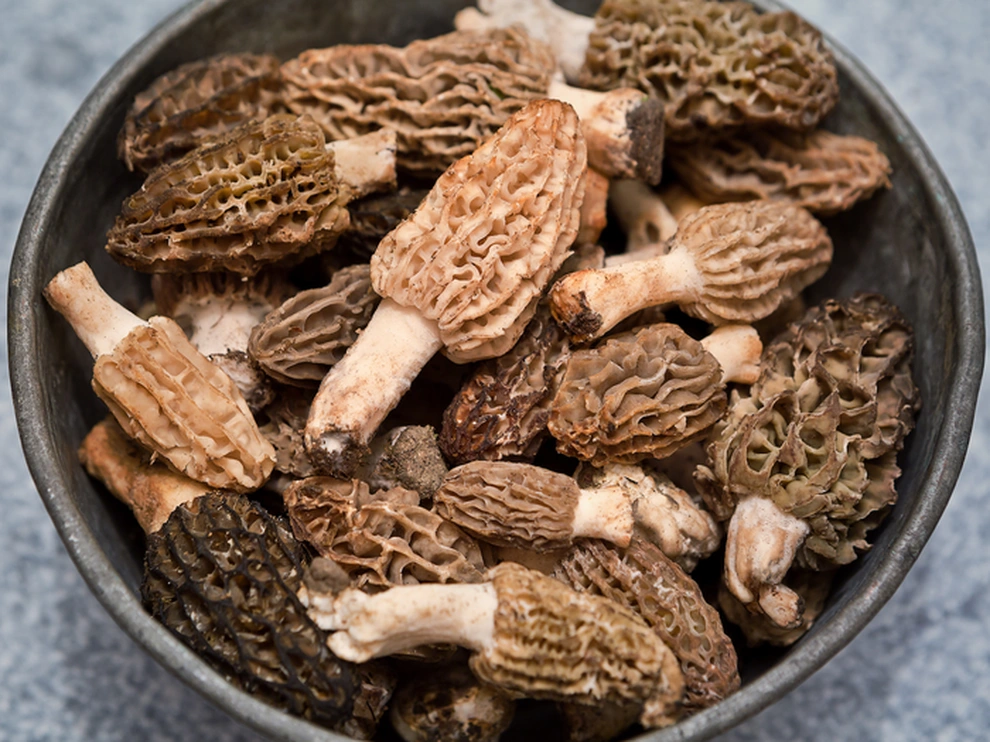
Morel mushrooms, or nấm bụng dê, are a rare delicacy that was once reserved for royalty. Found only in the wild, these mushrooms grow sporadically in limited quantities near rivers or in grassy patches near forests. Their elusive nature, coupled with their changing growth patterns, makes them a challenging find.
The inability to cultivate these mushrooms artificially adds to their exclusivity, driving up their value in the culinary world. Sought-after by renowned chefs, Morel mushrooms are a prized ingredient in high-end restaurants across Asia and Europe. This demand has led to an annual hunt by locals in North America, Europe, China, and India, who can sell them for a premium price of $500-600 per kilogram.
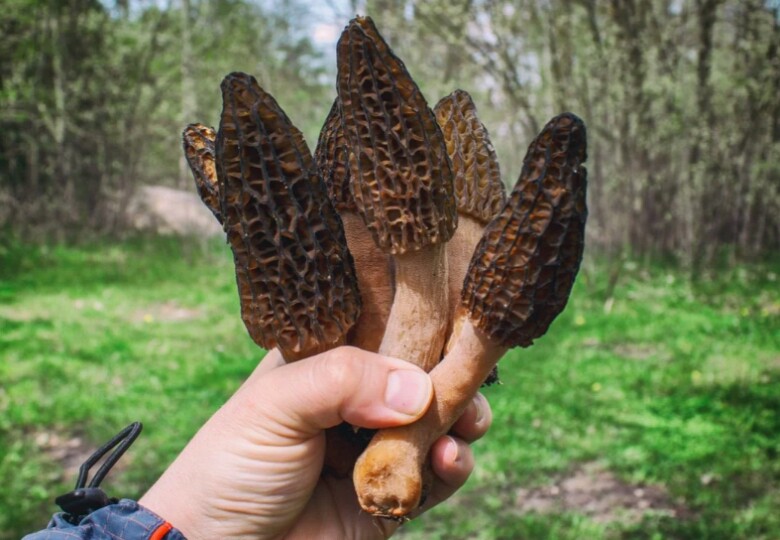
Morel mushrooms, belonging to the honeycomb family, have a unique, spongy structure. Despite their unassuming appearance, with their muddy colors and wrinkled form, they offer a distinct, sweet flavor and a fragrant aroma. These mushrooms typically grow in clusters on decaying wood, fallen leaves, or humus soil, where the moisture levels are just right.
Harvesting Morel mushrooms is no easy task; it requires an early start and a full day’s trek through the forest to find only a handful. After a long day’s work, the harvesters clean the mushrooms, removing any dirt or insects, and then carefully dry them to preserve their freshness.
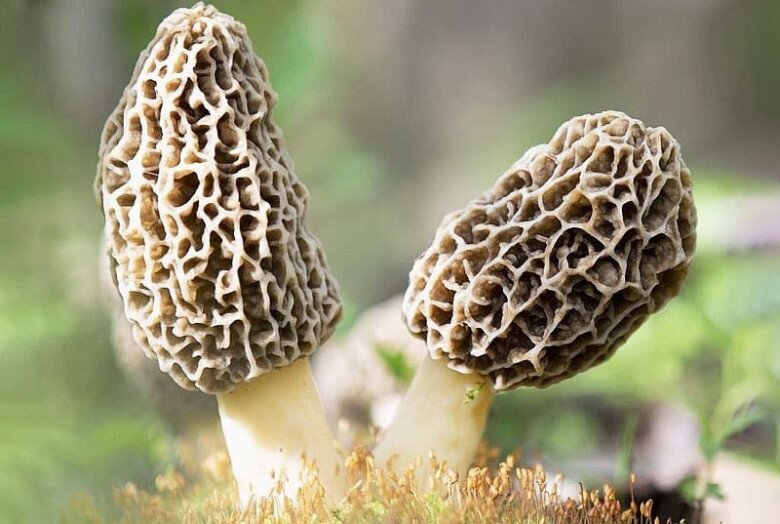
The elusive nature of Morel mushrooms extends beyond their wild habitat. They cannot be cultivated using traditional methods, and their growth patterns are unpredictable, making them a true wild delicacy. In India, these mushrooms thrive on the slopes of the Himalayas and are locally known as gucchis. They grow in similar conditions as their counterparts, favoring moist environments provided by decaying wood, fallen leaves, or humus soil.
The harvesters, braving treacherous terrain and even digging through snow, start their day at dawn in search of these rare mushrooms. The short window of opportunity for harvesting occurs only for two months, in March and April, right after the snow melts. With their brown, wrinkled form, these mushrooms camouflage easily in the grass, requiring a keen eye to spot them. Even children as young as six join the hunt, making it a community effort.
In the hilly regions of India, Morel mushroom harvesting is more than just a solitary endeavor; it’s a community affair. While women and children scour the forest edges, men venture deeper into the woods. A day’s work, lasting five to six hours, might yield only 20-30 grams of mushrooms, sometimes more, sometimes less, and sometimes nothing at all. The harvested mushrooms are then brought back, strung into garlands, and hung over fireplaces or sun-dried for preservation before being sold to local vendors a few days later.
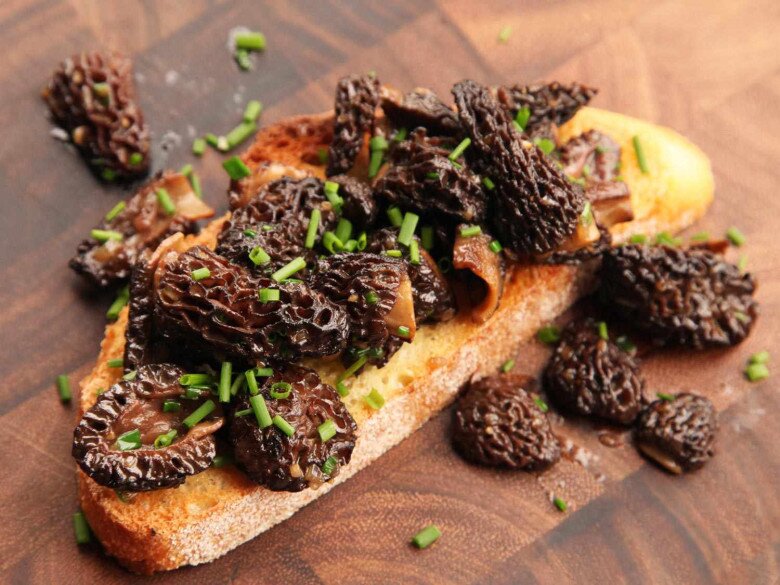
Morel mushrooms are a versatile ingredient, lending themselves to a variety of delicious and nutritious dishes, including stir-fries, grills, hot pots, and soups. Beyond their culinary appeal, these mushrooms are packed with antioxidants, helping to slow down aging and reduce the risk of age-related diseases. Notably, they are also one of the richest sources of vitamin D in the natural world, providing 34% of the daily requirement per 100 grams.
Additionally, Morel mushrooms contain significant amounts of iron and phosphorus. Iron plays a crucial role in preventing anemia, while phosphorus is essential for maintaining strong bones and teeth. With their exceptional nutritional profile, Morel mushrooms are not just a luxurious treat but also a wholesome, beneficial food.
Does Hair Twirling Affect Your Child’s Intelligence? – Expert Scientific Explanation
It is a widely held belief that children with more hair whorls are inherently smarter. This age-old adage has sparked curiosity, with many seeking to understand the scientific explanation behind this phenomenon. Are hair whorls truly indicative of intelligence? To unravel this mystery, we turn to experts in the field, who provide insights into the fascinating connection between hair patterns and cognitive development, shedding light on the actual factors that influence a child’s intellectual growth.



























